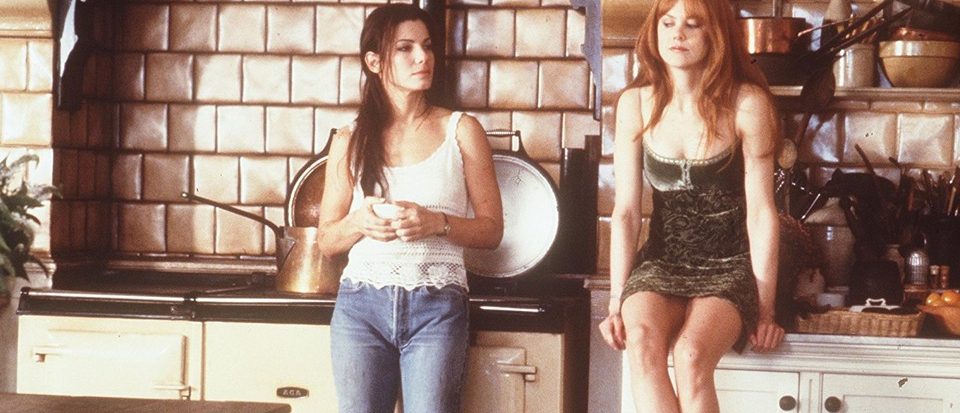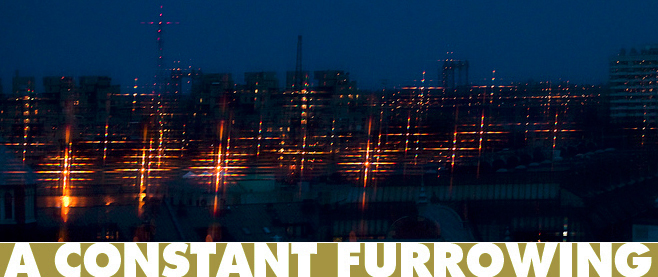
In the Business of Adaptation
Every couple of years, a new book franchise gets picked up by Hollywood. You can see it now with the lead up to Artemis Fowl, legions of fans waiting for the franchisee to slaughter their beloved childhood series, to somehow fail to understand what is going on with the characters or the plot, and to just irrelevantly butcher it.
When we talk about adaptations, we often think of them in terms of faithfulness. How faithful was Harry Potter and the Goblet of Fire to the book? Was 2005’s Constantine faithful to the Hellblazer franchise? Were they faithful to Lara Croft’s cup size in the Tomb Raider movies? For the purposes of this conversation, faithfulness is about accurately transitioning the content of the book to the screen as though it were projected wholesale. This is, for obvious reasons, a fool’s errand.
What does faithfulness accomplish? Its most egregious use is to capture and massage the feelings of the fans; see every cringing moment of fan service in Star Trek: Into Darkness. It burrows its fingers deep into the fans brain and says “see, you remember Tribbles? This moment from the Wrath of Khan?” But fans, especially long term fans are fundamentally quite stupid. Fans are the people who wept when Robert Pattinson was cast as Edward Cullen because he wasn’t hot enough, or Jamie Dornan for not being hot enough enough to play Christian Grey. Real men weren’t good enough to play the pinnacle of male perfection that is a 90+ year old virgin teenager or his mirror, a dude who fucks because he hates his mom.
We take adaptations to be literal because our minds can be very linear. I liked the thing in this format (book) and I will only like it in its further format (movie) if it is exactly the same product. But simply by making the change over from literary to celluloid the change has already been made; your favorite book becomes a different property when another entire dimension has been added.
Douglas Adams had the right of it when he adapted his own work for different formats. Fans of The Hitchhiker’s Guide to the Galaxy will know that every time Adams changed formats, he would alter and change things to suit his whims. Characters would come and go, motivations would change whole cloth, as he moved between book, to radio drama, to television miniseries and on to film. Each product is no less the Hitchhiker’s Guide to the Galaxy, but somehow they are all very different properties. Conversely you have E.L. James, whose Fifty Shades franchise was originally fanfiction before transitioning to original book, and on towards a film franchise. Infamously James retained exceptional control over the course of her property, refusing to take out the elements of serialization that worked in twice-weekly publication schedules of fanfiction for the books, and retaining those elements all the way through the movie adaptation. The film faithfully relays a helicopter crash that was likely a cliffhanger in the original episodic work, but is immediately resolved by the appearance of an entirely alive and fine Christian Grey literally a minute later.
A faithfulness to a format that is no longer consistent with the product that you’re making is worshiping at the ground of a false idol. You’ll never get what you want, and the project will suffer the closer it cleaves to the source material.
There’s two very different but interesting examples of films that were adapted from popular books, but retain their own individual flare: Practical Magic and Howl’s Moving Castle. In many ways, both of these properties have been eclipsed by their filmic adaptations, and they’re also interesting because neither represents their respective books very well. Alice Hoffmans’ Practical Magic is a story about eschewing your family burdens, up until your evils come home to rest under your flowers, and then relying on the strength and power of your family to undo those evils. That is basically the same case with the Sandra Bullock/Nicole Kidman film, except in every other substantial way. The characters are in different locations, their ages vary, the relationship with their elder aunts is equally distinct. They’re different properties.
But at their soul they retain the same spirit. A fan of one may not necessarily glom onto the other, but both are uniquely and distinctly well made. What they do is bring a different authorial voice to bear on the same IP. In Howl’s Moving Castle, Miyazaki and Diana Wynne Jones make two very different directions in terms of theme but they’re both about the same characters in the same world; for Diana Wynne Jones, her focus was on character agency and growth, and for Miyazaki it was anti-war. The anti-war theme fits with the story she cratted even if it is not her central message, and it carries through to make the animated Howl’s Moving Castle to be its own unique, distinct creature.
Faithful adapations are the Disney live-action remakes, that are effectively shot for shot remakes of animated classics. See the exact same movie, filtered through live action, Emma Watsons face instead of an animated one. Is the world better suited by having near replicas of those movies instead of someone taking inspiration from those works and bringing something new to the table. The remakes that thrive and succeed are ones that bring a new authorial voice and intention to a classic piece. We do not need more of the same, but rather something that remixes and recreates like a particularly good and transformative cover of a classic song.





